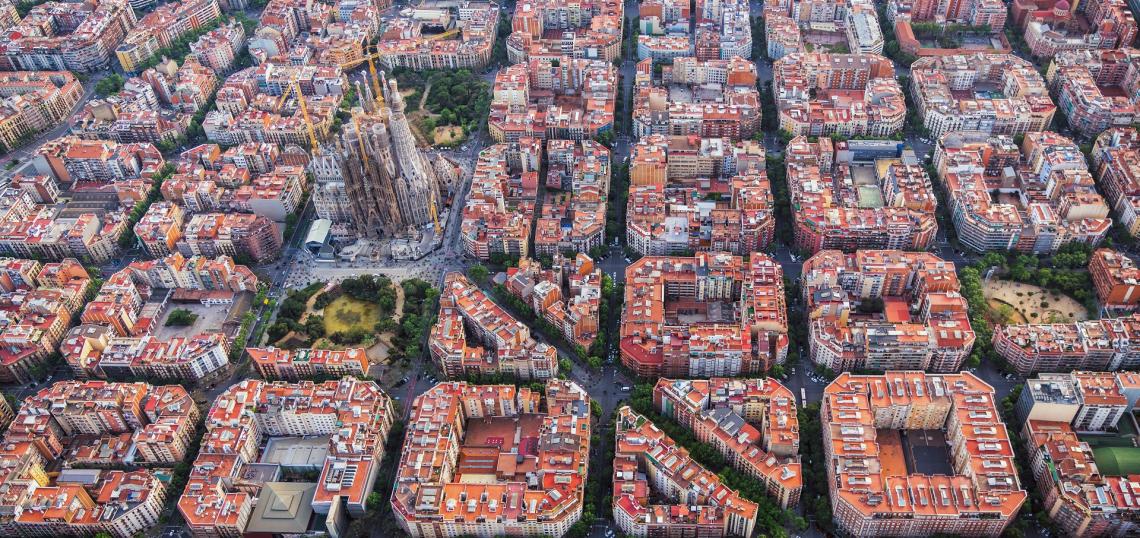Since 2016, Barcelona's acclaimed "superblocks" have helped transform neighborhoods by redirecting automobile traffic and creating new open space for pedestrians and cyclists. They soon could be coming to a neighborhood near you.
This week, the L.A. City Council voted to move forward with a the "Park Block" pilot program, which was proposed last year by 14th District Councilmember Kevin de León.
“Other parts of the world are demonstrating that big cities can be pedestrian-centric, by using portions of streets in neighborhoods for residents to make it their own and expand open space, give kids more room to play, and allow cyclists safer passage on neighborhood streets,” said de León in a news release in August 2022. “It’s time for Los Angeles to be a leader in the United States by proving big American cities built around car-centric infrastructure can transform into liveable cities.”
According to a report from the City Council's Transportation Committee, the program works by reconfiguring vehicle circulation to eliminate "cut-through" traffic. This in turn allows for up to 70 percent of a street surface area and intersections to be reclaimed as usable public space.
The report indicates that neighborhoods in Barcelona which have embraced the superblocks, or superilles, have shown drops in noise and air pollution, while the edges of the study have not seen significant increase in traffic congestion.
"[Park Blocks] can create instant public open space with substantial shade, outdoor recreation, greening and storm water capture in communities desperate for parks," states the report. "And they can be accomplished using participatory and customized public processes."
The Council vote now directs the L.A. Department of Transportation to identify a location for the first Park Block somewhere in the 14th Council District, which includes neighborhoods such as Downtown, Boyle Heights, and Eagle Rock. The Department is also directed to develop a public participation and application process for future Park Blocks, with priority given to neighborhoods with high incidents of vehicle collisions and low access to open space. The Department is also tasked with reporting back on what funding and staffing is necessary to implement a citywide program.
Follow us on social media:






